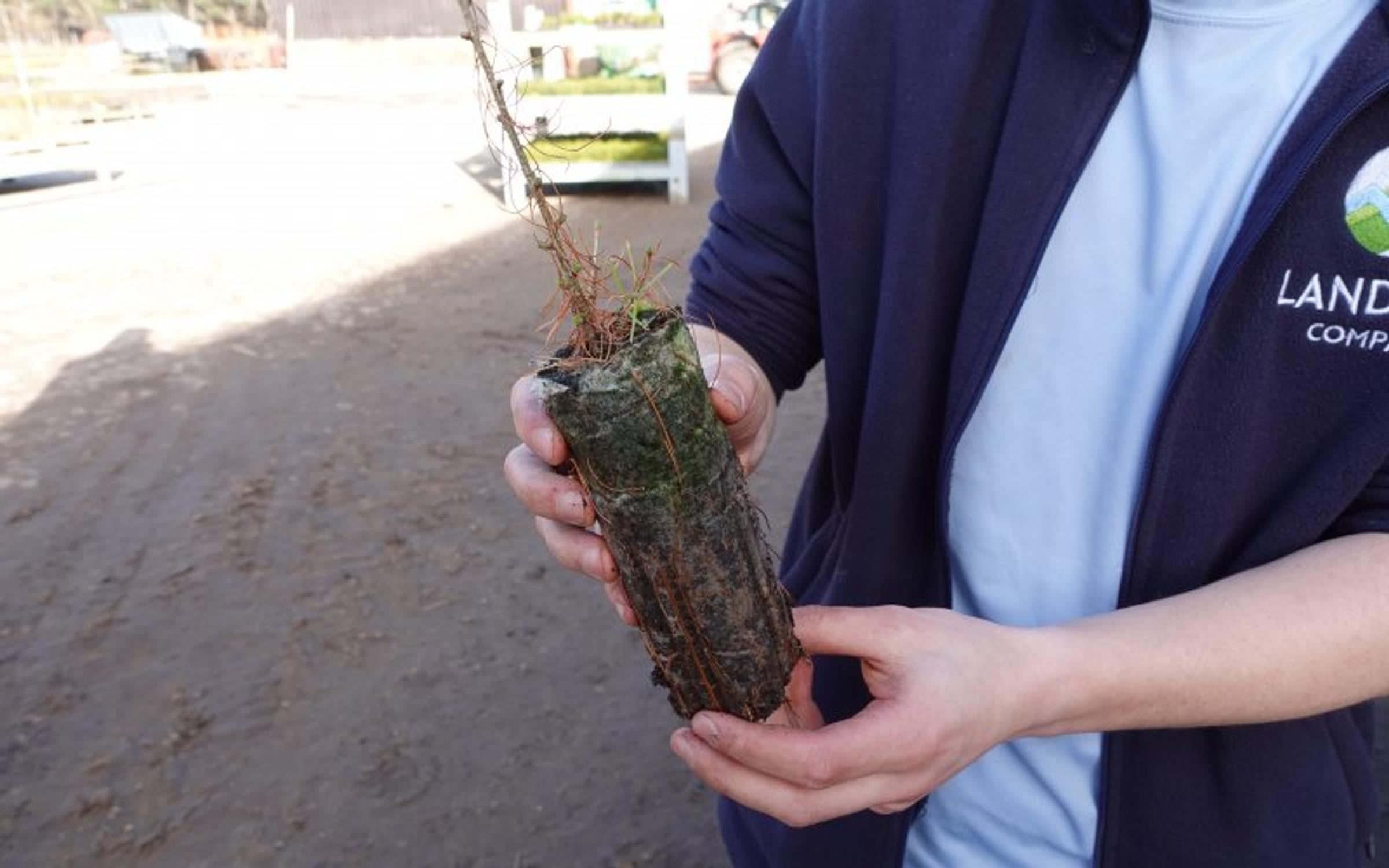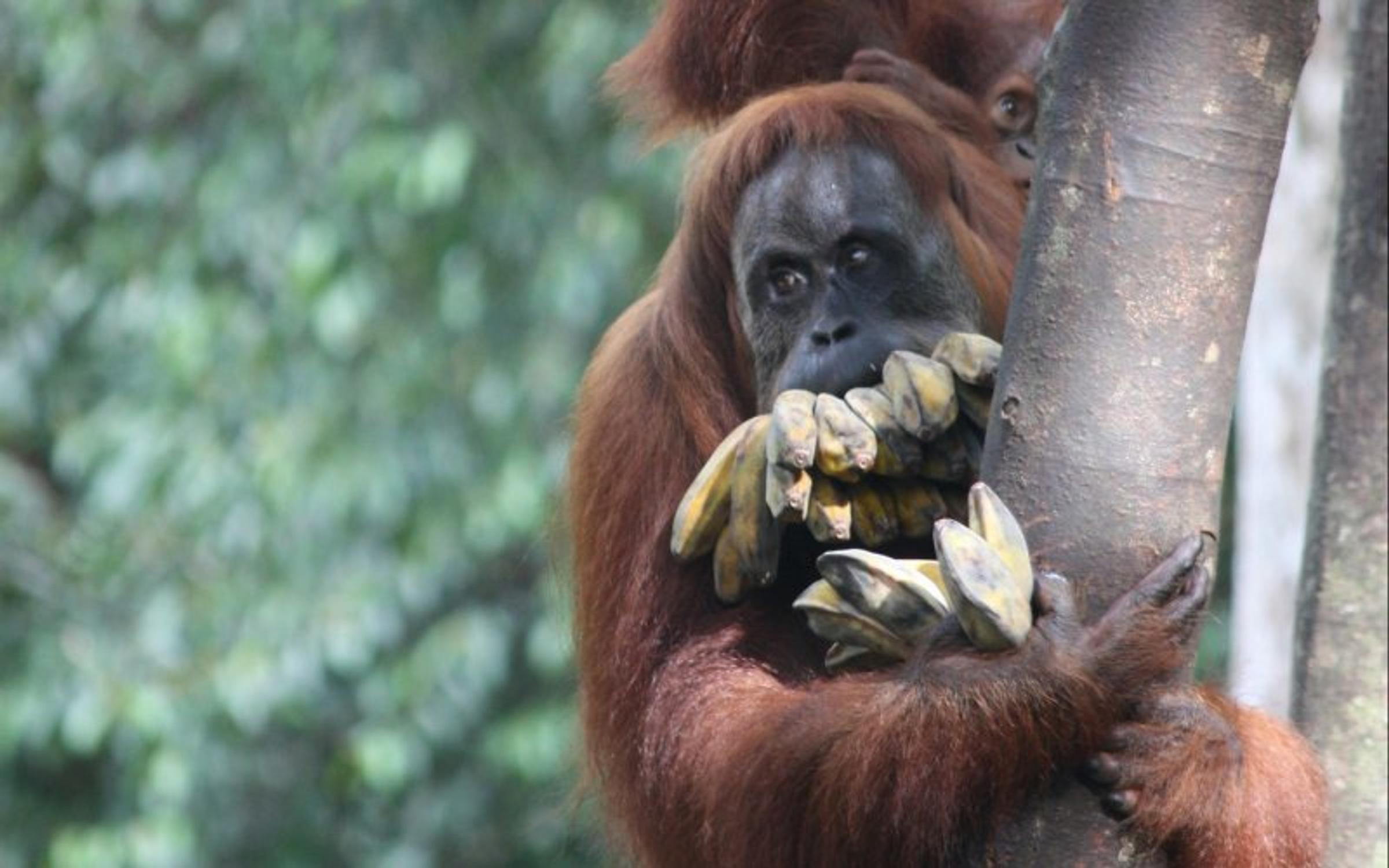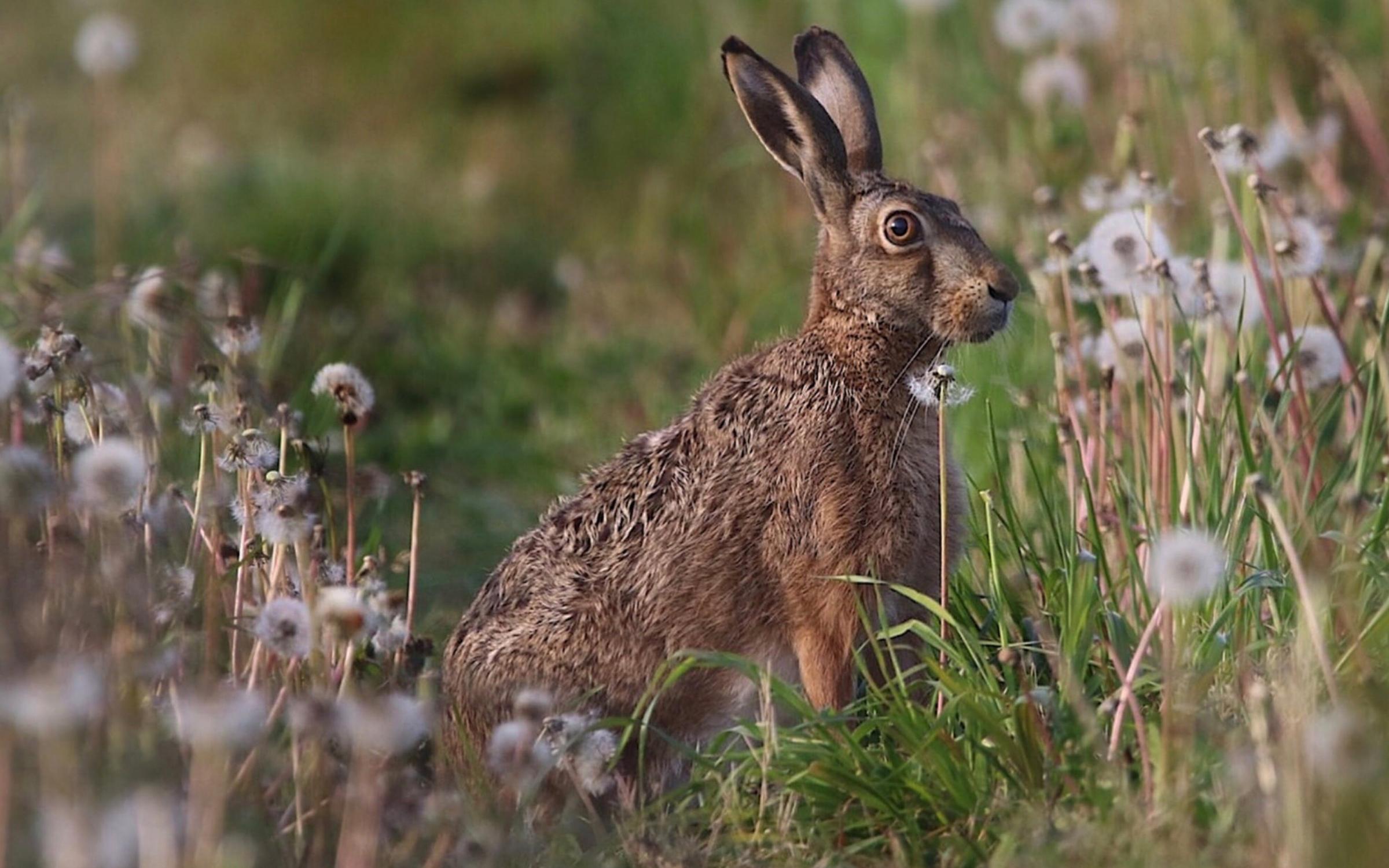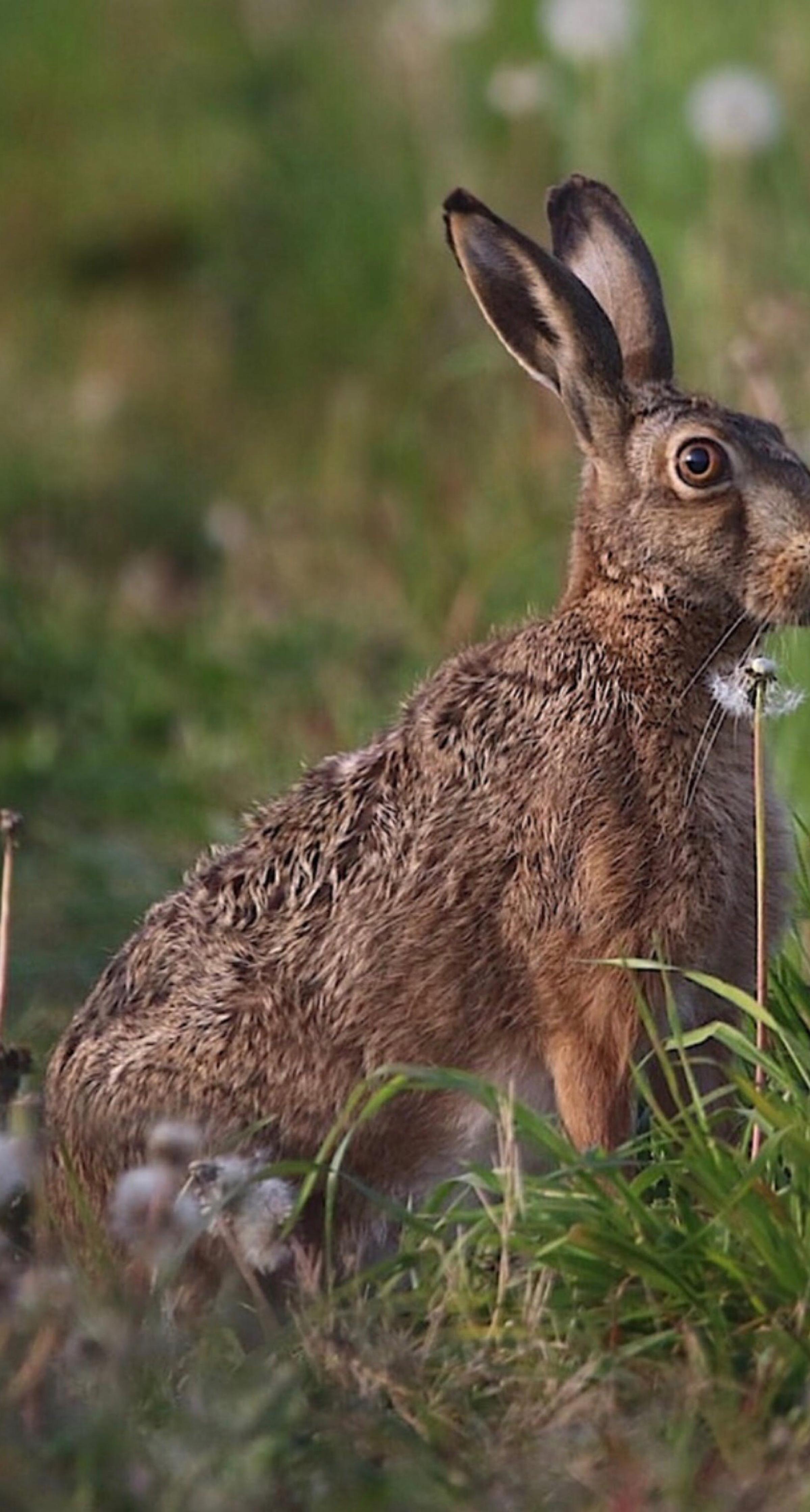Biodiversity: An Intro
Biodiversity is a word that is thrown around a lot, but what does it actually mean? Does it refer to the cute and cozy animals we see on WWF protection posters? The polar bears, pandas, tigers and rhinos of the world? Yes, it does, but it means so much more. By doing a deep dive into biodiversity, how biodiversity is lost and how we can reverse that loss, perhaps we can decipher how a focus on restoring a healthy balance in biodiversity and protecting it could not only achieve leaps and bounds in the effort to combat climate change, but also solve a number of other issues along the way. The next three editions will endeavor to answer three questions. Firstly, what is biodiversity? Secondly, what is causing biodiversity loss? And finally, how can biodiversity loss be reversed?
What is Biodiversity?
The question “what is biodiversity” seems complicated, yet the answer is so simple. Biodiversity, or biological diversity, refers to the variety of life on Earth. It encompasses the different species of plants, animals, and microorganisms, as well as the ecosystems and habitats in which they live. Biodiversity is important for the health and stability of our planet, as it helps to maintain the delicate balance of life on Earth. It is all around us, be that in the trees we plant, the animals that live in or feed on those trees, the microorganisms that enrich the soil and the ecosystems that are developed by it all. This includes diversity in genes, evolutionary traits of a species, in the functions it performs and ecosystems it lives in or helps to create. Whether the living organism is a tiny bacteria or an iconic species like the polar bear or orangutan, each piece of the biodiversity puzzle plays a role. Next to it's spiritual and cultural relevance, biodiversity’s ecological role in our everyday lives is impossible to overlook. Clean water, food, medicine, building materials, clothes; the list is endless; making biodiversity one of the most important assets we have on Earth.

Yet, as we know, nature is declining. Since 1970, wildlife populations have seen a drop of, on average, almost 70%, which is a horrifying figure. As Kew Garden’s Alexandre Antonelli describes in his book “The Hidden Universe: Adventures in Biodiversity,” if planet Earth existed on a clock, the 1950s would be 1.3 milliseconds to midnight. This is the moment that the transformation of nature became dramatic. In the decades up to now, a quarter of all rainforests were lost, 1.4 trillion tonnes of CO2 were emitted and five billion people were added to the world’s population. With these pressures, species are disappearing faster than at any other time in human history. Loss of species means loss of balanced and functioning ecosystems that can no longer provide the myriad of resources and natural services that businesses and humans depend on.
Biodiversity & Soil
One of the unsung heroes of biodiversity is soil. Soil is home to over a quarter of all living species on Earth, just one teaspoon of soil could contain thousands of species, millions of individuals and a hundred meters of fungal networks. Soil biodiversity performs a variety of functions. It processes waste organic matter to sustain life above the ground, from plants to animals to humans; it regulates the carbon flux and the water cycle; it keeps pests at bay and decontaminates polluted land, and it provides raw materials for medicine and other uses. Healthy soil is really important, meaning unhealthy soil can be a good indicator of the planet's health. Changes in soil biodiversity can have significant effects on biodiversity above the ground, yet it is thought only 1% of soil micro-organism species have been identified by scientists. This is one of the fascinating things about biodiversity, some of the most important aspects of it are still not fully understood, and sometimes the least glamorous species are propping up an entire ecosystem.
What Causes Biodiversity Loss?
Biodiversity relies heavily on the environment in which it exists. In a way, biodiversity is the environment in which it exists. Trees, plants, flowers and microorganisms in soil and water systems are all part of the biodiverse system that creates an ecosystem. An ecosystem is literally a biological community of interacting organisms and their physical environment. Currently, we are seeing major changes in biodiversity and we are losing vital ecosystems due to climate change and human activities. This is creating a huge cause for concern and has catalyzed an entire industry based on restoring nature. Environmental changes are not new. Ecosystems have been changing and adapting for millennia. However, the speed of climate change has created a huge cause for concern, more so than the change itself. This section endeavors to answer how we got to this point, and understand what the main causes of the loss of biodiversity are.

There are 2 billion hectares of degraded land worldwide, much of which is due to human activities. Loss of biodiversity definitely goes hand in hand with loss of forest or natural landscape, also known as habitat. Habitat loss can come from infrastructure development, mining, land clearing, agriculture and many other forms of human activity. The exploitation of nature, such as hunting or overuse of materials has happened a lot in the past, partially due to a lack of either care or understanding. In addition, climate change has caused enormous damage to ecosystems.
Across the globe, deforestation, pollution, intensive farming and invasive species are all causing huge habitat loss and in some cases resulting in large areas of degraded land. We know the problem, and we can visibly see the unhealthy effect all these different causes have on biodiversity, but what can we do?
Reversing Biodiversity Loss
Reversing biodiversity loss, through restoring natural ecosystems, waterways and soil health is the real aim of nature-based solutions. Sometimes the solution can be quite simple, but sometimes it is complicated and requires specific, accurate attention to detail. Let’s start with a story, a story that is both uplifting and an example of a ripple effect.

Yellow Stone National Park was in crisis. Wolves were hunted as they preyed on agricultural livestock, so they were eradicated from the park. This resulted in deer populations flourishing. Fast forward a few years, however, and Yellowstone was experiencing a biodiversity crisis. The large deer population was destroying the habitat and displacing other species due to their eating habits. Since deer he deer eat small plants, trees were not able to grow and gradually the area was becoming more degraded and less healthy. In 1995, scientists decided to reintroduce wolves to see how they would impact the ecosystem. The wolves were tracked and studied so the effect of the reintroduced wolves could be quantified. And the results have been amazing. Not only have the wolves balanced the number of deer. With fewer deer, there are more trees. Less trampling from deer means minimized erosion, so the ground in Yellowstone has stabilized enabling vegetation to grow. However, the wolf has not only impacted the deer numbers with their hunting behavior. Beavers, which were incredibly rare, now have nine colonies in Yellowstone. The positive effects can be seen for species large and small, from the beetle to the lynx. Today there are more than 500 wolves in Yellowstone and the ecosystem has been revitalized.
The Future of Biodiversity
There has been a shift globally towards boosting biodiversity as such and due to its importance to tackling climate change. COP26, COP27 and COP28 have had a renewed focus on biodiversity instead of focusing only on climate. Biodiversity loss and climate change as drivers for one another are increasingly seen as highly interconnected. Underscoring the need for biodiversity restoration through nature-based solutions and nature-positive investments.
In December 2022, the Biodiversity COP15 was seen as a vital moment for the way we work towards boosting biodiversity and putting nature first. The Global Biodiversity Framework (GBF) was launched, where it was touted as the new Paris Agreement for nature, the guiding principles that would shape nature-positive action. This ‘North Star’ for biodiversity commitments will help guide governments and corporations in their nature and biodiversity strategies going forward. An earlier draft included 23 biodiversity targets (visible here) and a general concept of reaching ‘nature positivity’. During COP15, we saw 195 countries rally behind critical targets such as protecting 30% of the planet by 2030, also known as the 30 by 30 target. From now on, the general proposal is to bend the curve on biodiversity loss and have more nature and biodiversity in 2030 than in 2020. This trend will continue until hopefully reaching full ecosystem recovery in 2050. The GBF has articulated a concrete call to action that complements the focus of climate action, shifting attention from a purely climate or carbon-focused lens to actively including nature and biodiversity.
In Conclusion
As mentioned above, because biodiversity is so complicated, and there are many ways to measure it, it is unlikely that a “one size fits all” strategy will be possible. As the dust settles after COP15, biodiversity is now at the forefront of climate action as well as action needed for its own right, implementation will be key.

Often reading about biodiversity, the causes of its decline from human activity and climate change can feel daunting, but it is also a significant opportunity for systematic change. Changes that can be made by individuals, businesses, governments and international organizations alike. It’s an exciting time to be a nature restoration company. There is a huge, undeniable problem, but also multiple valid solutions. Boosting biodiversity has always been an essential part of our work, and as we go forward, we will continue to ensure our reforestation projects create a solid biodiversity impact.









